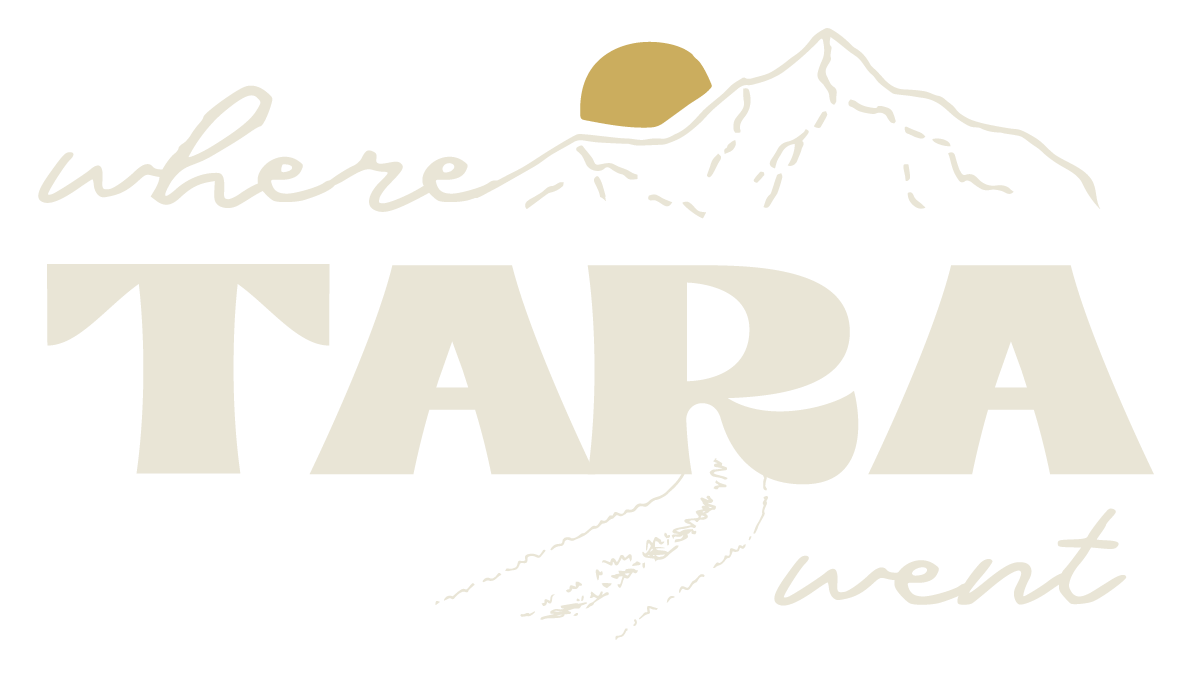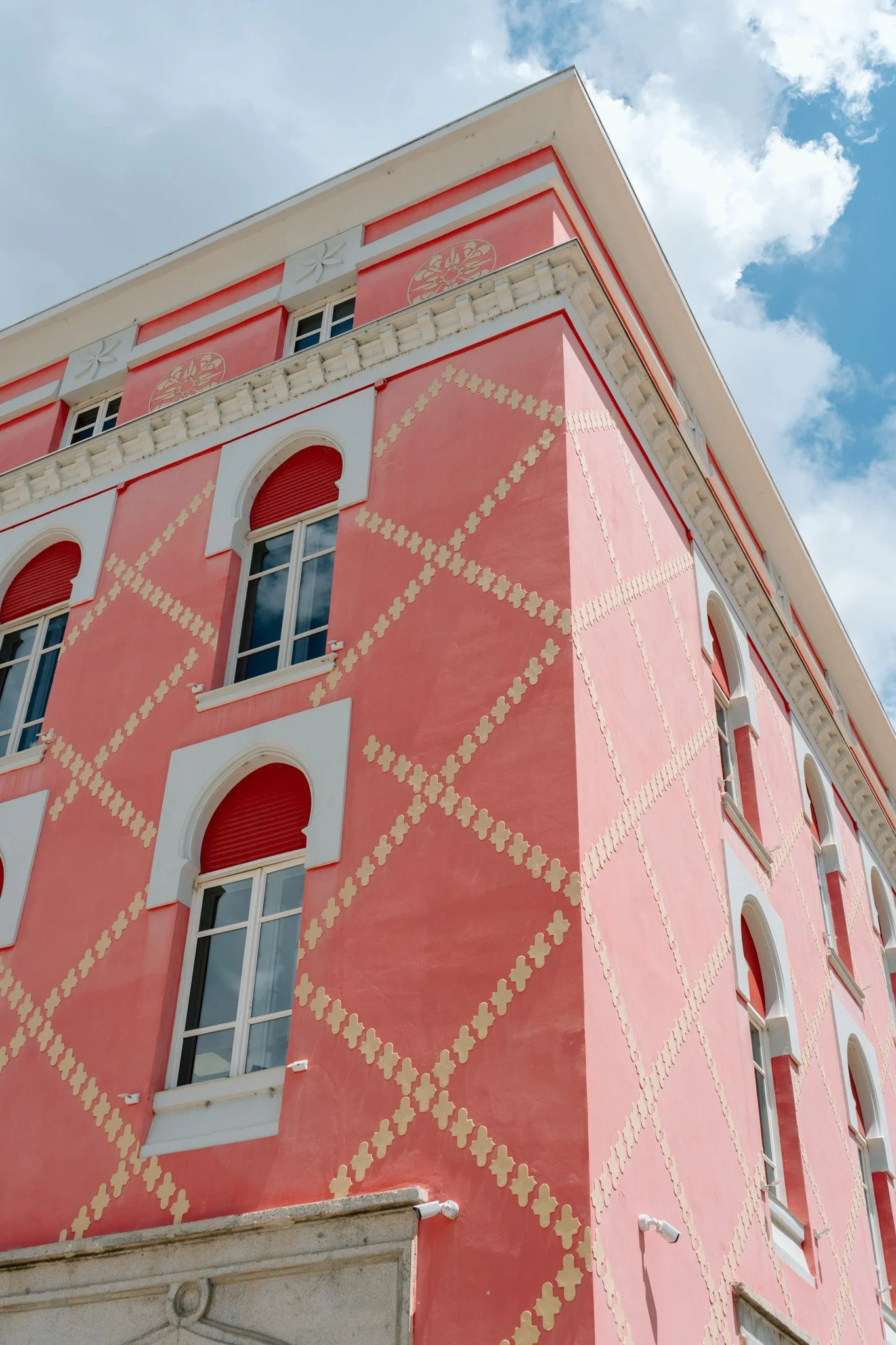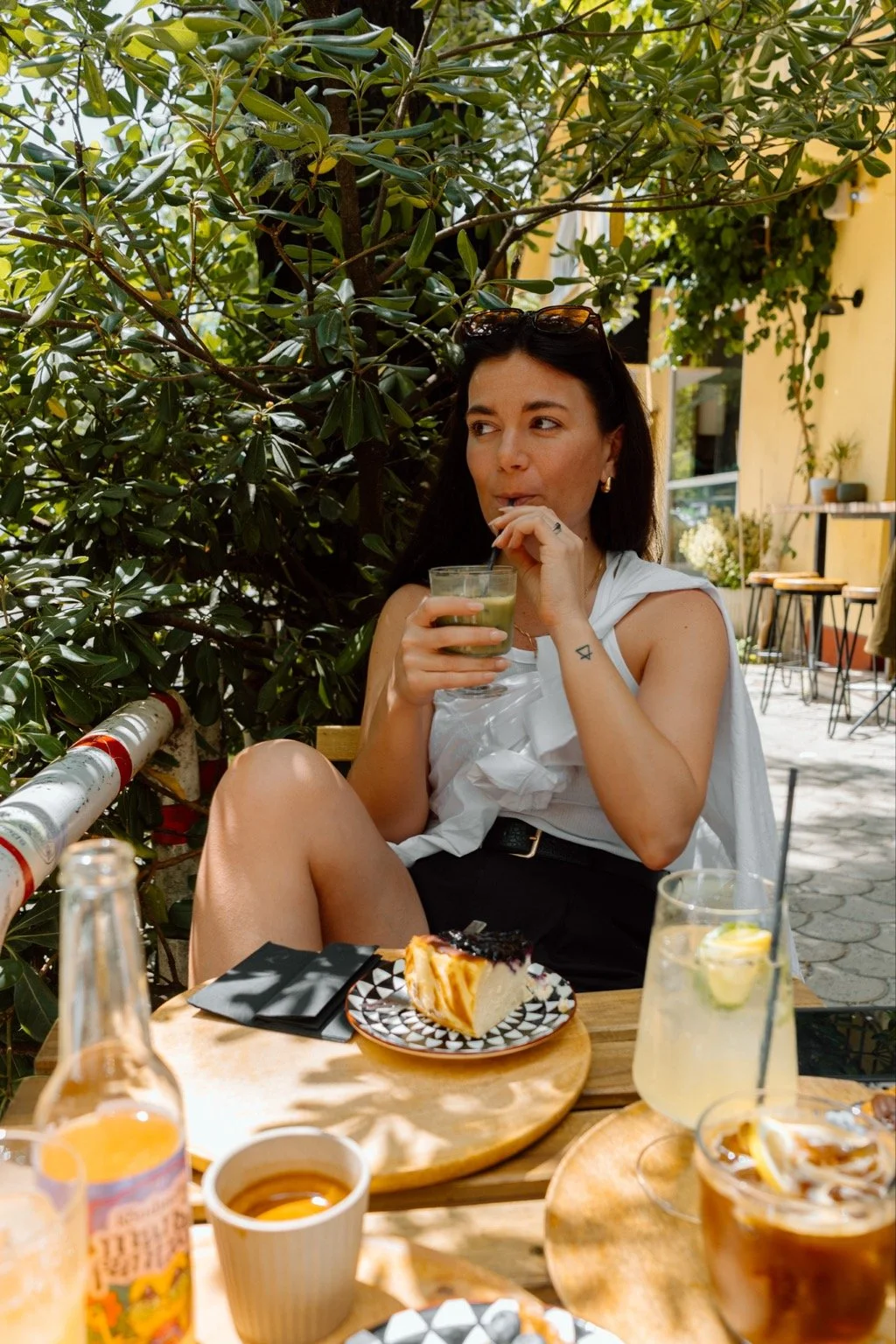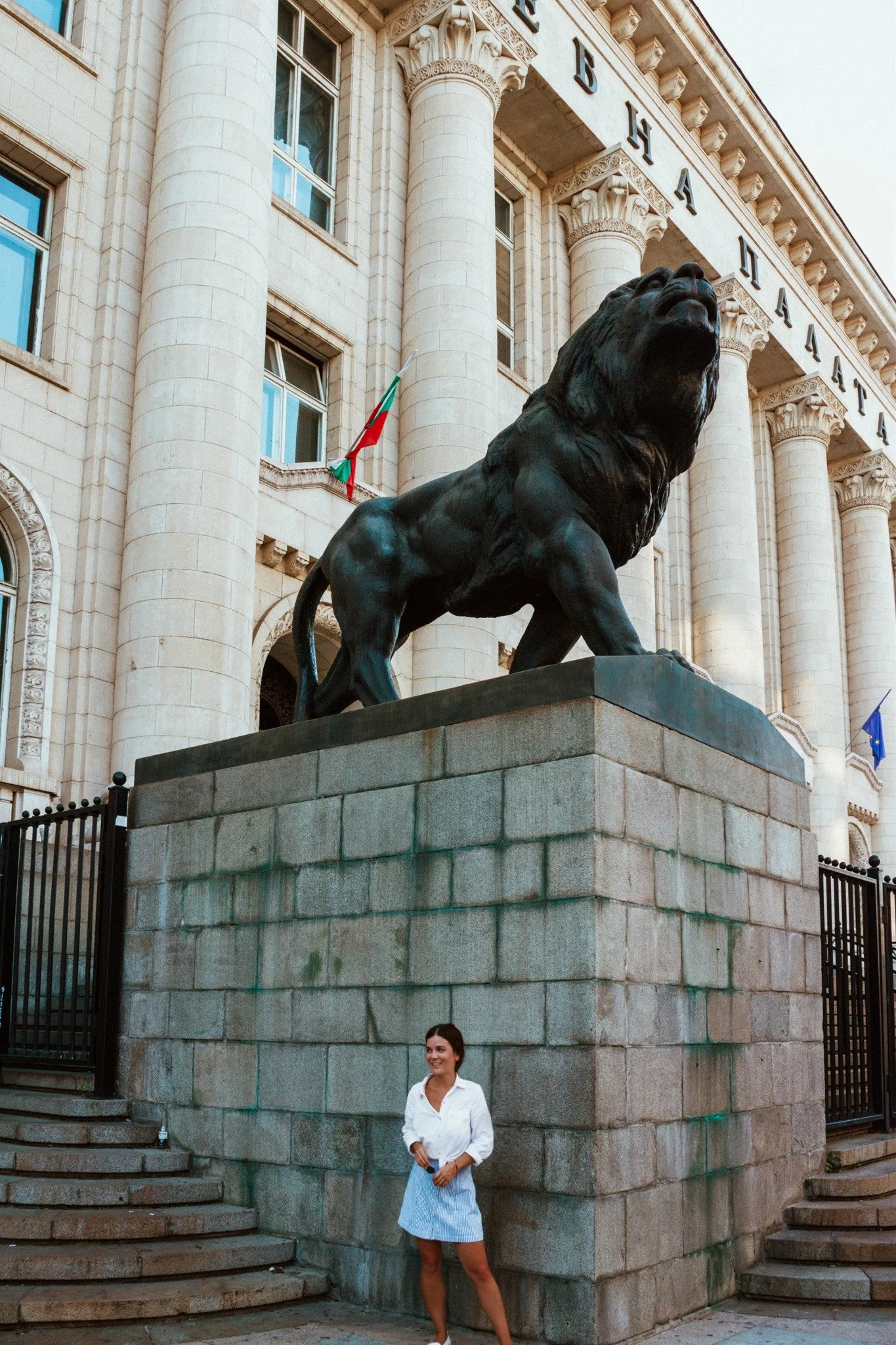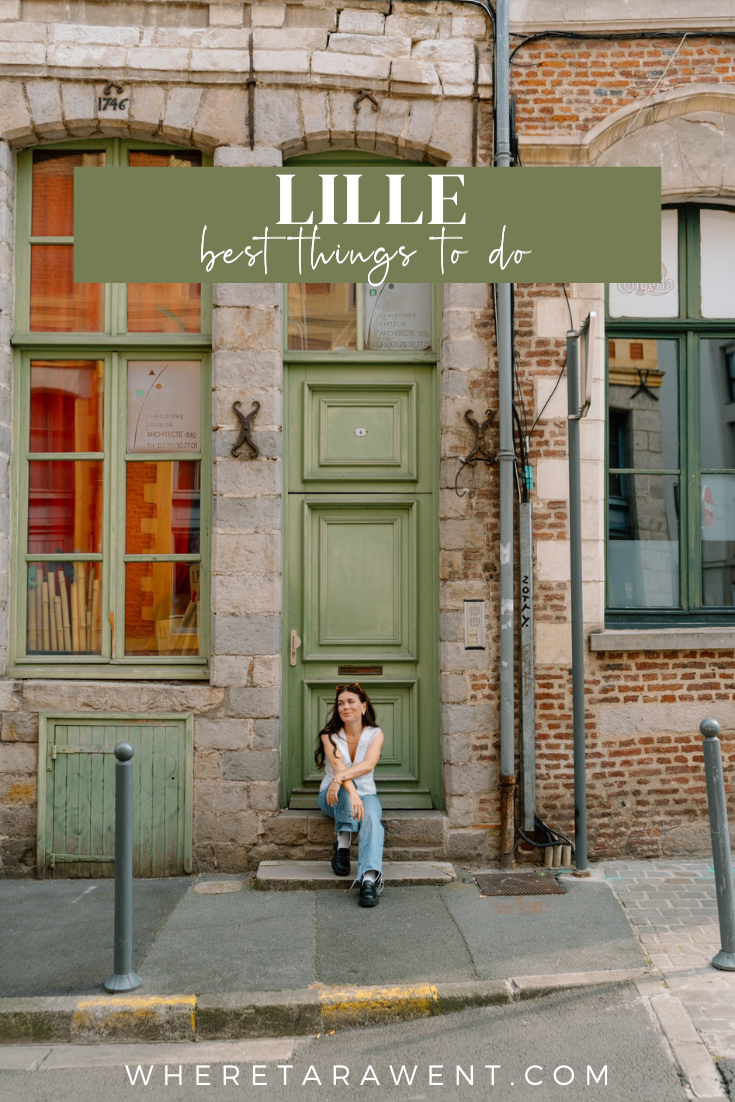14 Best Things to Do in Lille, France
Filled with art and antiques, history and hip cafés, Lille has no shortage of things to see and do. This guide details all the most fun, artsy things to do while you’re there.
There is a high chance that Lille isn’t on your travel radar. Hovering on the border of Belgium, this small city is a beautiful blend of French and Flemish influences. Filled with art and antiques, history and hip cafés, Lille has no shortage of things to see and do. If you’re looking for a city break alternative to Paris, Lille may be the ideal destination for you.
When to visit Lille ↴
The best time to visit Lille, France, depends on what you're looking to experience:
Spring (March to May) | Spring in Lille is mild and pleasant, with temperatures ranging from 10°C to 20°C (50°F to 68°F). Spring is a great time to see the city’s parks and gardens in bloom. The spring weather is also ideal for walking around the old town and enjoying outdoor café seating. The Lille Art Fair usually takes place in April, attracting art lovers from around the world.
Summer (June to August) | Summer is peak tourist season across Europe, including Lille. You can expect larger crowds than usual to contend with. Still, the weather is typically warm but not uncomfortably hot. Temperatures throughout summer range from 15°C to 25°C (59°F to 77°F). The famous Braderie de Lille, the largest flea market in Europe, takes place on the first weekend of September, drawing millions of visitors.
Autumn (September to November) | Lille has mild autumns, with temperatures hovering between 10°C and 18°C (50°F to 64°F). The autumn foliage adds a beautiful backdrop to the city. I would time an autumn trip to Lille with the Braderie de Lille, one of the city’s largest events held annually in early September.
Winter (December to February) | Winters in Lille are cold but not unbearable, with temperatures ranging from 0°C to 8°C (32°F to 46°F). I wouldn’t write winter in Lille off, especially since it’s famed for its Christmas market. The city’s festive decorations and cozy atmosphere are perfect for a winter getaway.
TLDR; I most recommend visiting in the autumn. The temperatures are mild and the crowds are sparse.
How to get to Lille ↴
Lille is accessible by both air and overland travel. For those flying, the nearest major airport is Lille-Lesquin Airport (LIL), about 11 km from the city center. While this airport offers several European connections, most international travelers opt to fly into nearby hubs like Paris Charles de Gaulle (CDG) or Brussels Airport (BRU), both of which are about an hour away by high-speed train. From these airports, you can catch a direct TGV or Eurostar train to Lille-Europe station, bringing you right into the heart of the city.
Overland travel to Lille is equally convenient, especially for those coming from other European cities. The high-speed Eurostar connects Lille with London in just 1 hour and 20 minutes, while Thalys and TGV trains link Lille with cities like Paris, Brussels, and Amsterdam.
For those driving, Lille is well-connected by the French motorway, the A1 from Paris, the A22 from Belgium, and the A25 from the coast all converging near the city. For a scenic option, consider taking a coach, with several services like FlixBus and BlaBlaCar Bus offering routes to Lille from various European destinations.
How to get around Lille ↴
Lille’s compact size makes it perfect to explore on foot. Wear comfortable shoes, since many of Lille’s roads are made of uneven cobblestone. The metro is the easiest way to visit some of the further afield points of interest in this guide. You can purchase tickets at the kiosks inside the metro stations using a contactless payment method.
Lille City Pass ↴
One thing I wish I had researched more thoroughly before our trip was the Lille City Pass. This would have saved us so much money. If you’re interested in visiting the city’s many museums and landmarks, purchasing a Lille City Pass will inevitably be your budget’s best friend.
Where to stay in Lille ↴
My one complaint about Lille is regarding its hotel options. While Luke and I were looking at boutique stays in Lille, we found that our options were quite limited. Most hotels were relatively expensive, especially considering they offered only the most basic amenities.
Mama Shelter | Luke and I spent 4 nights at Mama Shelter, a brand of design hotels with quirky interiors. I was familiar with the London location, and its Lille hotel is a short walk from the train station.
We love using Booking.com to book the best places to stay around the world.
Where to eat in Lille ↴
Lille’s legendary food scene is as varied as its population, famed for its stews and meringue desserts.
Grand Scène | Grand Scène is a food hall in the center of Lille that serves everything from cocktails and burgers to curries and quinoa bowls. Sprawled across two floors, Grand Scène is optimal for indecisive foodies or groups who want to eat together but can’t choose a cuisine. Take your food to eat in one of Lille’s green spaces, or enjoy it in the hall. We loved the traditional frites from La Broche which came with a spicy vegan mayo. Go at lunchtime or late evening for the most lively atmosphere!
Cup | If you’ve had too many frites and not enough vegetables, I recommend grabbing breakfast at Cup for healthier fare.
L’Ogre de Carrouselberg | P’tits Pouchins (crispy choux buns filled with vanilla and orange cream) are the specialty of L’Ogre de Carrouselberg. I could have eaten forty in a single sitting.
Paddo Café | The best place for antipodean brunch and barista-style coffee in Lille. Paddo has two locations, both with views of churches and alfresco seating.
Papà Raffaele | If you like wood-fired pizza, Papà Raffaele is a delicious dinner option. The line of people waiting for it to open each night is a testament to the fantastic food (which is also very affordable). We opted to eat alfresco— talk about a perfect summer evening. My only regret is that we didn’t indulge in dessert after our meal!
Tigermilk | A colorful eatery that serves “Mexican” food (though not at all spicy). It's a very cute place for a sharing plates-type lunch.
Read more | 12 Best Cafés in Lille, France
14 Best things to do in Lille ↴
La Piscine (Musée d’art et d’industrie André Diligent de Roubaix)
La Piscine is definitely the most unique museum I visited on my trip to Lille. La Piscine was a public Art Deco-era swimming pool that closed in 1985 before reopening in 2001 as an art museum. Even the changing rooms have been renovated into exhibits featuring collections of 19th- and 20th-century art, ceramics, and textiles.
Maison Folie Wazemmes
Maison Folie Wazemmes defines itself as a “cultural facility” created in 2004 when Lille was designated the European Capital of Culture. Reflecting Lille’s working-class heritage, Maison Folie Wazemmes is housed in a renovated spinning mill as an homage to the city’s roots in the textile industry. The space hosts cultural performances, musical concerts, art exhibitions, and craft workshops. The best part? Its primary (but not singular) focus is on local artists and cultural projects.
OPEN | Wednesday through Sunday from 2 PM - 6 PM.
Palais des beaux-Arts de Lille
The Palais des Beaux-arts de Lille is one of the largest art museums in France (second only to the Louvre in Paris) boasting a reported 22,000 pieces. Luke and I spent two leisurely hours walking through every hall. The museum was established in 1809, housed inside a stunning Belle Epoque-style building. European masterpieces span multiple floors, including works by Rembrandt, Goya, and Rubens.
ADMISSION | €7 or free with the Lille City Pass
Beffroi de Lille (Town Hall)
It’s easy to see why Beffroi de Lille (Town Hall) is a designated UNESCO World Heritage Site: the Art Deco architecture is mesmerizing. Looming over the city center at 104 meters, the ornate tower is a rebuild of the original Beffroi de Lille. Originally, the Town Hall was constructed in a Flemish architectural style. Unfortunately, like most of Lille, it was damaged during World War I. Upon reconstruction, it lost its original Flemish flair in place of an Art Deco design. It’s 400 steps to the top, but you’ll be treated with views of the city sprawled out below.
ADMISSION | €7.50 or free with the Lille City Pass
LaM (Lille Métropole Musée d’art moderne)
Located just outside Lille in Villeneuve d'Ascq, the Lille Métropole Musée d’Art Moderne (LaM) is a treasure trove of modern and contemporary art. The museum showcases masterpieces by Picasso, Modigliani, and other 20th-century giants.
ADMISSION | Entry is €11 per person
Grand Place (Place du Général de Gaulle)
The heart of Lille, the Grand Place is the city’s main square. Vibrant and buzzing, the square is surrounded by stunning Flemish Baroque architecture, including the iconic Vieille Bourse, and is a perfect starting point for exploring the city.
Vieille Bourse (Old Stock Exchange)
A Renaissance gem, this 17th-century building houses a charming second-hand book market in its courtyard. It's a must-visit for history lovers and those seeking a quaint atmosphere.
Lille Citadel
Designed by Vauban, this star-shaped fortress is a stunning example of military architecture. While the interior is restricted, the surrounding park is open for leisurely walks and offers guided tours of the exterior.
Hospice Comtesse Museum
Housed in a medieval hospital, the Hospice Comtesse Museum features antique paintings, ceramics, and furnishings. The museum is truly unique, offering insights into Lille’s history and cultural DNA. Throughout its many exhibit rooms, you’ll discover art from Flemish nunneries, a 15th-century “sick room”, and contemporary exhibits that rotate regularly.
ADMISSION | Entry is €3 of free with the Lille City Pass
Marché de Wazemmes
One of the largest and most vibrant markets in Lille, the Wazemmes market is a feast for the senses, offering everything from fresh produce to antiques and textiles.
guided walking tour
There are a few guided walking tours in Lille, but the free 2-hour walking tour we took with Guru Walks gave Luke and me valuable insight into the city’s many hidden gems and historic buildings.
Here are some of the most highly reviewed tours of Lille:
Lille Driving Tour by Convertible Citroen 2CV
No Diet Club - Let’s Get Thick in Lille!
1 Hour Private Lille Tour by Convertible 2CV with a Local Products Tasting
Lille Cathedral (Notre-Dame-de-la-Treille)
Take a stroll around the city center and you’ll inevitably find yourself near the striking marble facade of the Lille Cathedral. From the outside, the Cathedral seems quite…ominous? Its gray exterior looks entirely modern, meaning it doesn’t quite fit in. What was most surprising to me was that the Gothic church’s construction began in 185 and wasn’t completed until 1999.
ADMISSION | free
Charles de Gaulle’s Family House
While in Lille, it’s worth stopping by the former home of Charles de Gaulle, a notable French politician. de Gaulle was born in Lille, something the city has embraced by turning his family home into a museum. Inside are displays of de Gaulle’s personal objects, keepsakes, and family photographs.
ADMISSION | Entry is €3 or free with the Lille City Pass
chocolate shopping at Méert
Being located just across the border of Belgium means that one of the many culinary delights Lille is known for is its chocolate. While there are several fine dessert shops in Lille, Méert is an institution. Renowned for its chocolate masterpieces, Méert made a name for itself in the 18th century thanks to the intricate edible details of each treat. Today, it remains a must-visit for foodies and sweet-toothed tourists.
In addition to the chocolate and waffle shop, Méert has its own tea room where you can indulge in a luxury dining experience that includes its famous Belgian-style waffles and truffle chocolates. We picked up souvenirs for our family and friends here, and while they did not come cheap, their presentation felt too good to ignore.
Map ↴
Find all the best things to do in Lille on the map below.
